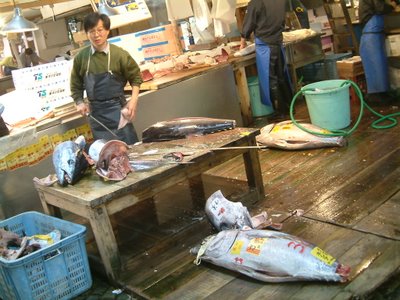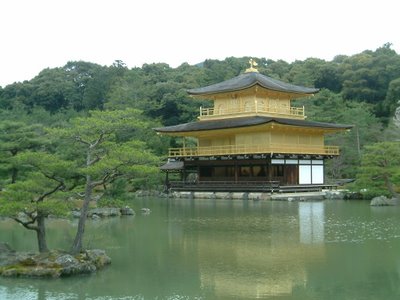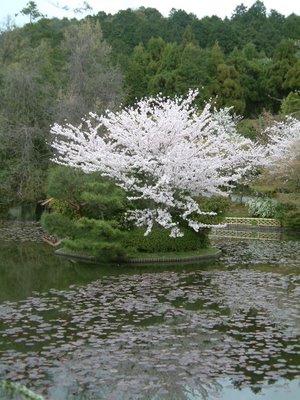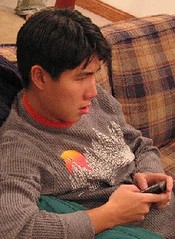Outgrowing Jane Jacobs
By NICOLAI OUROUSSOFF
TIME passes. Jane Jacobs, the great lover of cities who stared down Robert Moses' bulldozers and saved many of New York's most precious neighborhoods, died last week at 89. It is a loss for those who value urban life. But her death may also give us permission to move on, to let go of the obsessive belief that Ms. Jacobs held the answer to every evil that faces the contemporary city.
For New Yorkers, Ms. Jacobs's life remains suspended between two seismic events: The publication, in 1961, of "The Death and Life of Great American Cities" and her showdown in the late 60's with Mr. Moses over a proposed Lower Manhattan Expressway that would have reduced much of SoHo's handsome cast-iron district to rubble. The expressway was killed by Mayor John V. Lindsay in 1969.
By then, Ms. Jacobs had fled for Toronto, and Mr. Moses, who died in 1981, had lost much of his power and prestige. But in the popular imagination, the two are forever at odds: the imperious city planning czar versus the tireless public advocate. Today, the pendulum of opinion has swung so far in favor of Ms. Jacobs that it has distorted the public's understanding of urban planning. As we mourn her death, we may want to mourn a bit for Mr. Moses as well.
Her argument was simple enough, radically so. Horrified at the tabula rasa urban renewal strategies of the 1950's, she argued for a return to the small-scale city she found in Greenwich Village and the North End of Boston — the lively street life of front stoops, corner shops and casual personal interaction.
Mr. Moses, tellingly, once dismissed her and her ilk as "nobody but a bunch of mothers." He was partly right. By standing up for the intricate, individual relationships that define the inner life of cities, she allowed a generation to challenge the authority of patronizing — and uniformly male — city planners in gray suits.
An urban flâneur of the first order, she reminded us that cities could only be fully understood with our eyes, feet and ears — not from the distant abstraction of architectural drawings.
But the problems of the 20th-century city were vast and complicated. Ms. Jacobs had few answers for suburban sprawl or the nation's dependence on cars, which remains critical to the development of American cities. She could not see that the same freeway that isolated her beloved, working-class North End from downtown Boston also protected it from gentrification. And she never understood cities like Los Angeles, whose beauty stems from the heroic scale of its freeways and its strange interweaving of man-made and natural environments.
The threats facing the contemporary city are not what they were when she first formed her ideas, now nearly 50 years ago. The activists of Ms. Jacobs's generation may have saved SoHo from Mr. Moses' bulldozers, but they could not stop it from becoming an open-air mall.
The old buildings are still there, the streets are once again paved in cobblestone, but the rich mix of manufacturers, artists and gallery owners has been replaced by homogenous crowds of lemming-like shoppers. Nothing is produced there any more. It is a corner of the city that is nearly as soulless, in its way, as the superblocks that Ms. Jacobs so reviled.
Nor did Ms. Jacobs really offer an adequate long-term solution for the boom in urban population, which cannot be solved simply through incremental growth in existing neighborhoods.
Just as cities change, so do our perceptions of them. Architects now in their mid-40's — Ms. Jacobs's age when she published "Death and Life" — do not share their parents' unqualified hatred of Modernist developments.
They understand that an endless grid of brick towers and barren plazas is dehumanizing. But on an urban island packed with visual noise, the plaza at Lincoln Center — or even at the old World Trade Center — can be a welcome contrast in scale, a moment of haunting silence amid the chaos. Similarly, the shimmering glass towers that frame lower Park Avenue are awe-inspiring precisely because they offer a sharp contrast to the quiet tree-lined streets of the Upper East Side.
Perhaps her legacy has been most damaged by those who continue to treat "Death and Life" as sacred text rather than as what it was: a heroic cri de coeur. Of those, the New Urbanists are the most guilty; in many cases, they reduced her vision of corner shops and busy streets to a superficial town formula that creates the illusion of urban diversity, but masks a stifling uniformity at its core.
This is true in large-scale projects as diverse as Battery Park City or Celebration, Fla., where narrow streets and parks were supposed to create an immediate sense of community. As it turns out, what the New Urbanists could not reproduce was the most critical aspect of Ms. Jacobs's vision, the intimate neighborhood that is built — brick by brick, family by family — over a century.
For those who could not see it, the hollowness of this urban planning strategy was finally exposed in New Orleans, where planners were tarting up historic districts for tourists, even as deeper social problems were being ignored and its infrastructure was crumbling.
The answer to such superficiality is not to resurrect the spirit of Robert Moses. But in retrospect his vision, however flawed, represented an America that still believed a healthy government would provide the infrastructure — roads, parks, bridges — that binds us into a nation. Ms. Jacobs, at her best, was fighting to preserve the more delicate bonds that tie us to a community. A city, to survive and flourish, needs both perspectives.
The lesson we should take from Ms. Jacobs was her ability to look at the city with her eyes wide open, without rigid prejudices. Maybe we should see where that lesson leads next.
- NYT, April 30, 2006
to read more...






















